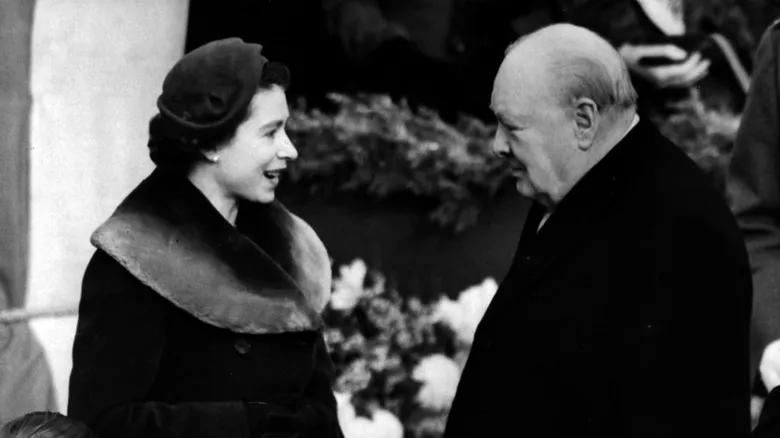A meal fit for royalty (and Churchill's palette)
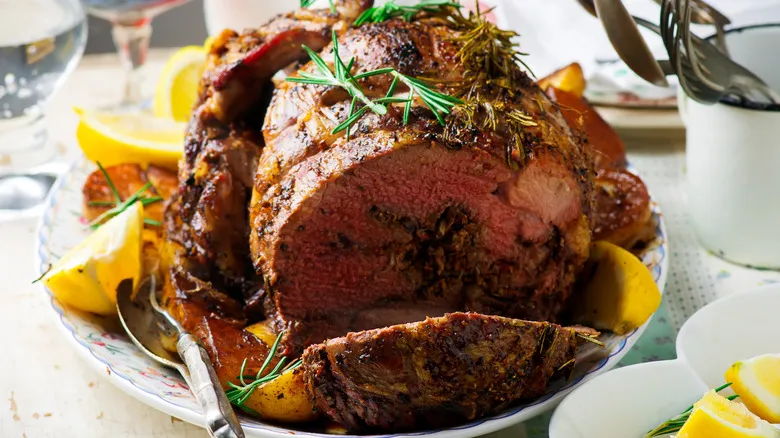
Although these dishes may not be particularly extravagant or unusual, as one might envision with the elaborate multicourse meals of royal banquets, they certainly align with what we know about Winston Churchill's culinary preferences. Take turtle soup, for example: it was once a fashionable dish, especially among the affluent and influential during the 19th and 20th centuries. Today, it is illegal to consume in the U.S. (and even Campbell's has stopped producing its mock-turtle soup). Nevertheless, it aligns perfectly with Churchill's fondness for clear soups, which he preferred over cream-based varieties, as noted by The Splendid Table.
Another aspect that highlighted Churchill's culinary tastes was the selection of drinks served throughout the evening. He was famously fond of alcoholic beverages, particularly his preferred brand of scotch. While Tolppanen's account of the dinner does not mention scotch specifically, it does reference coffees and liqueurs. We can only guess which liqueurs were included or if he and his guests combined certain liqueurs with their coffee. What is evident, however, is Churchill's appreciation for an after-dinner drink to complement the meal and extend the conversation.
This wasn't Churchill's first time hosting royalty
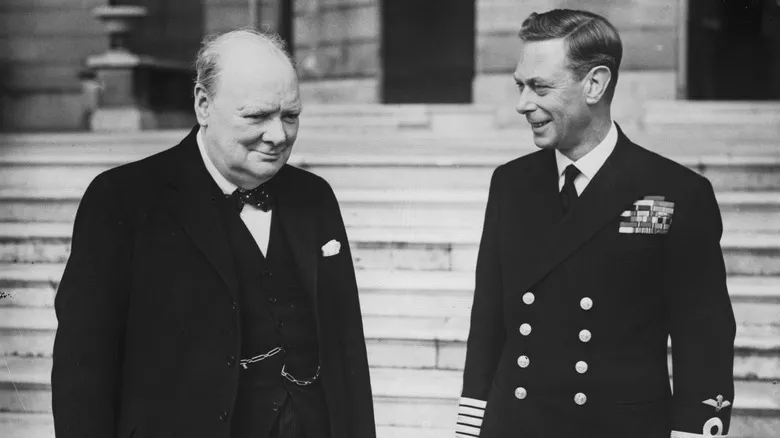
For a seasoned politician like Winston Churchill, who first took office as prime minister in 1940 after four decades in politics, it’s safe to say he welcomed numerous prominent guests throughout his career. Yet, before hosting Queen Elizabeth II during the final days of his premiership, one particular gathering at 10 Downing Street stands out: a royal luncheon for Elizabeth's father, King George VI, in 1941. The meal was modest, reflecting the rationing in place during World War II, but the Imperial War Museums provide a glimpse of the menu: "Fish patty, tournedos topped with mushrooms, braised celery, chipped potatoes, and for dessert, peaches and cheese."
While this meal may not seem extravagant, the tradition of serving multi-course dinners, which often extended over several hours, illustrates how Churchill not only savored his food but also utilized it as a platform for conducting business and engaging in significant discussions. Historians note that Churchill often took advantage of this time, including the post-meal hours spent enjoying digestifs and cigars, to converse with influential figures like the King of England. For Churchill, these discussions were central to his dining experience. While we hope your dinner conversations are less grave than those surrounding a world war, the blend of delicious food and meaningful dialogue is certainly something we appreciate.
Recommended

Why You Shouldn't Freeze Lettuce And Cabbage

The First Diet Soda Came From A Company You've Never Heard Of
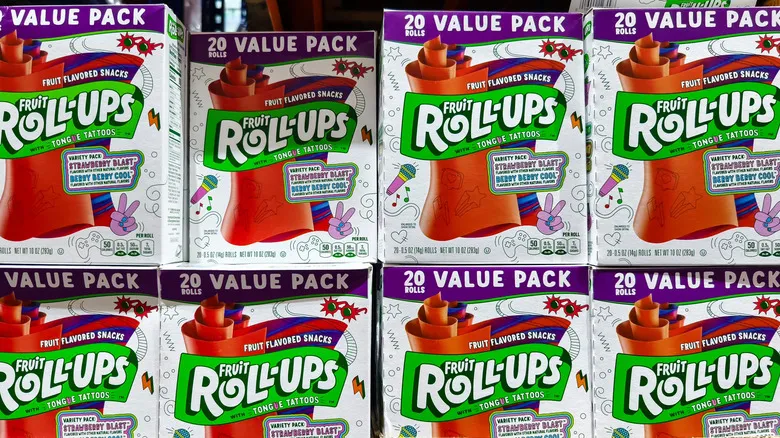
The Little-Known History Of The Fruit Roll-Up
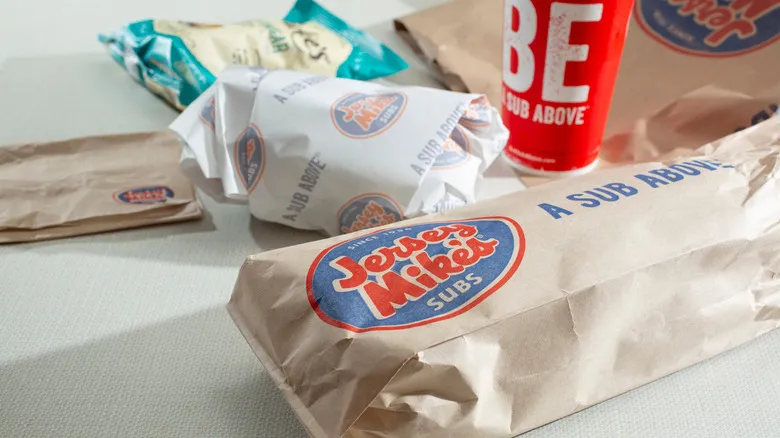
How Jersey Mike's Went From A Local Sandwich Shop To A Global Franchise
Next up

